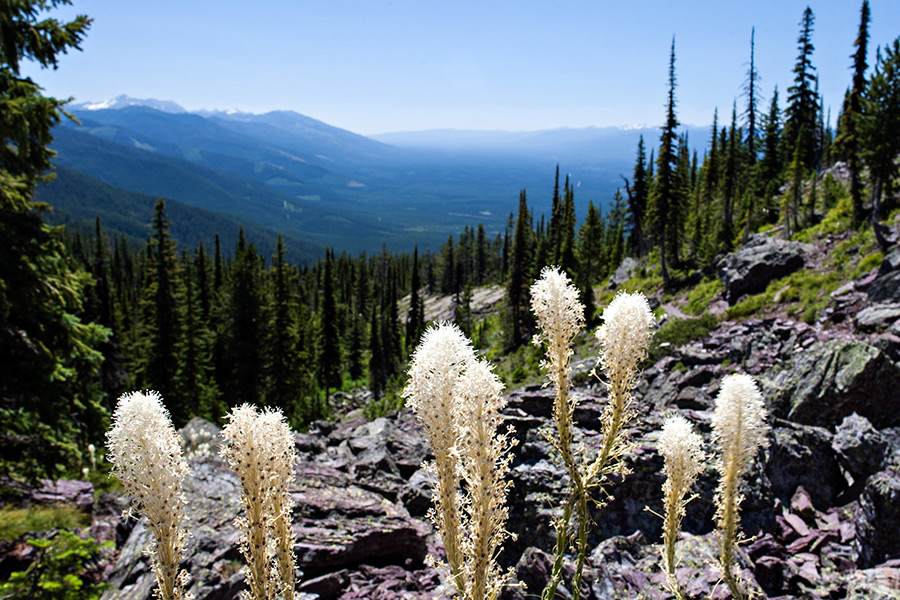After four years of collaborative effort and public input, the Flathead National Forest has released a Record of Decision (ROD) for the Forest’s Land Management Plan (Forest Plan) and associated final environmental impact statement (FEIS).
A separate ROD was signed and released for the amendments to the Helena, Lewis and Clark, Kootenai and Lolo National Forests’ land management plans that incorporate the Northern Continental Divide Ecosystem grizzly bear habitat management direction.
“We greatly appreciate the commitment of interested participants who’ve provided important contributions toward the development of the land management plan through their participation in the planning process,” Forest Supervisor Chip Weber said. “We look forward to working with our partners and public in the years ahead in utilizing the vision in this land management plan to reach strategic objectives.”
The 2018 Forest Plan replaces the 1986 plan, updating the long-term strategic vision for managing the Forest’s 2.4 million acres of lands in Northwest Montana. The Forest Plan is the second in the nation to implement the Forest Service’s 2012 Land Management Planning Rule (36 CFR 219), which facilitates goals of the U.S. Department of Agriculture in promoting sound land stewardship in partnership with communities.
“We were glad to be part of a robust collaborative process that included a wide range of stakeholders willing to work hard to find space for everyone in our National Forests,” Paul McKenzie, the lands and resource manager for F.H. Stoltze Land and Lumber Company, said. “We feel the collaborative proposal to the USFS was given good consideration in the Forest Planning process. Many elements of the proposal are reflected in the management plan for the North Fork Area. It just goes to show that working together produces better results than working against each other.”
Amy Robinson, conservation director for the Montana Wilderness Association, said she also appreciated the collaborative recommendations the Whitefish Range Partnership offered regarding timber harvest, recreation, and weed management.
“We are particularly pleased the Forest Service is recommending 80,000 acres of new Wilderness in the northern Whitefish Range,” she said. “This recommendation will help secure and enhance critical habitat for grizzly bears, lynx, and other wildlife that make this corner of Montana so unique.”
